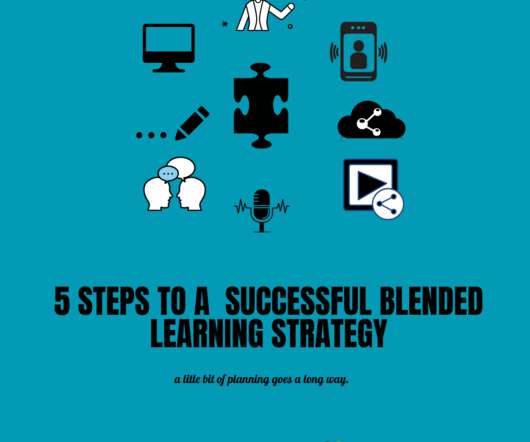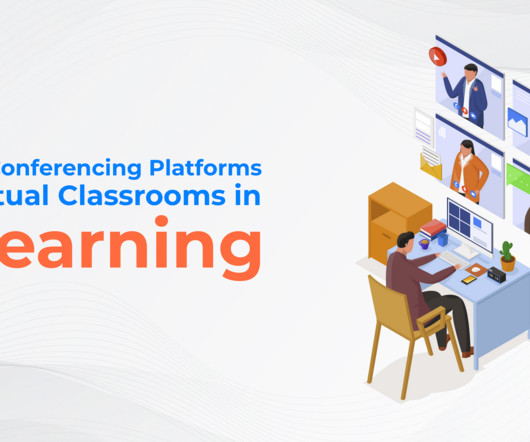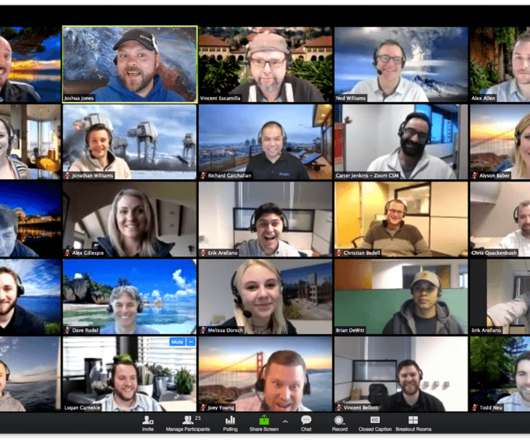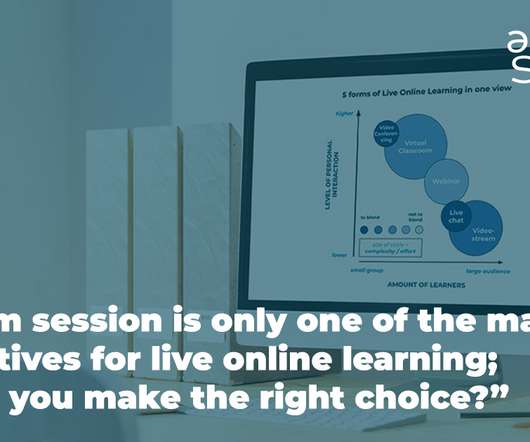5 Steps to a Successful Blended Learning Strategy
Learning Rebels
MAY 6, 2020
But first, a few questions to ask yourself: Will the program be synchronous or asynchronous in delivery? Blended Rotation: Participants rotate through different modes of learning (in both synchronous and asynchronous fashion). Google docs, evernote, DropBox Notes, OneNote etc.) Who will manage the program’s progress and updates?


















Let's personalize your content